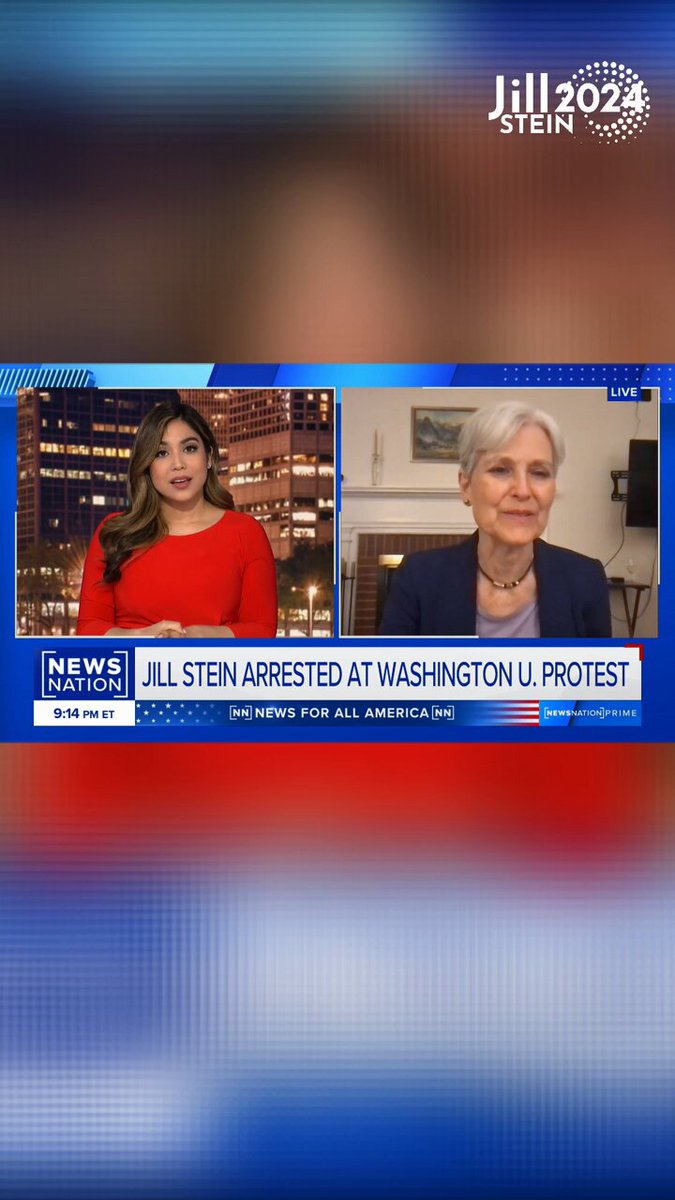The statement describes a personal experience of violence during a protest and highlights concerns about the treatment of protesters, emphasizing the constitutional right to free expression. It serves as a critique of the handling of protests by authorities and raises awareness about potential excessive use of force.
- The statement aims to do no harm but rather to share a personal experience to highlight broader issues of civil rights and police conduct. [+1]Principle 1:I will strive to do no harm with my words and actions.
- It respects the dignity of others by advocating for the rights of protesters and criticizing potentially undignified treatment. [+1]Principle 2:I will respect the privacy and dignity of others and will not engage in cyberbullying, harassment, or hate speech.
- The statement promotes understanding and compassion towards protesters and their right to express dissent. [+1]Principle 3:I will use my words and actions to promote understanding, empathy, and compassion.
- It engages in constructive criticism of the authorities' response to protests, aiming to provoke thought and dialogue about civil liberties. [+1]Principle 4:I will engage in constructive criticism and dialogue with those in disagreement and will not engage in personal attacks or ad hominem arguments.
- The speaker uses their platform to advocate for societal betterment, focusing on the protection of constitutional rights. [+1]Principle 6:I will use my influence for the betterment of society.
- The statement upholds the principles of free speech responsibly, using the incident to discuss public concerns about civil liberties and law enforcement. [+1]Principle 7:I will uphold the principles of free speech and use my platform responsibly and with integrity.
